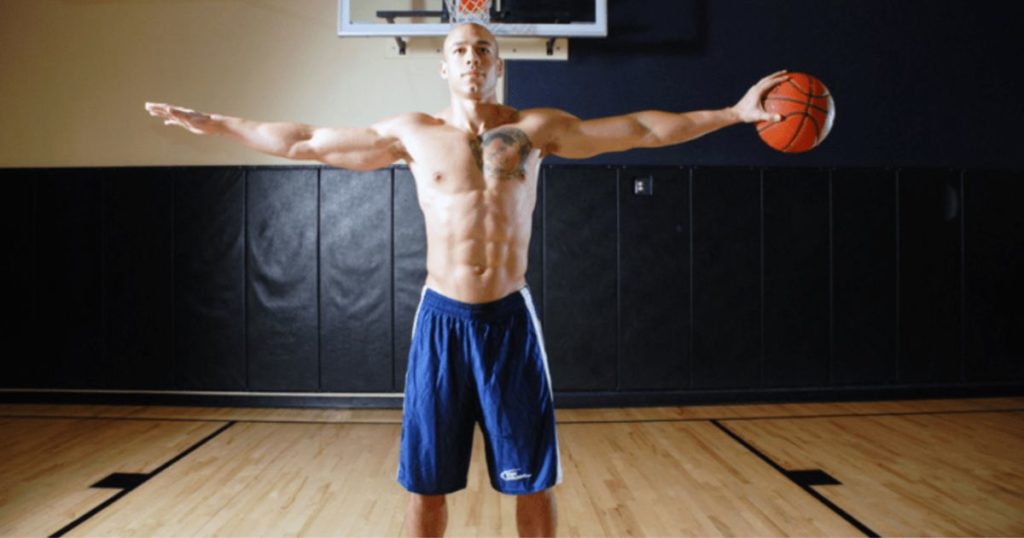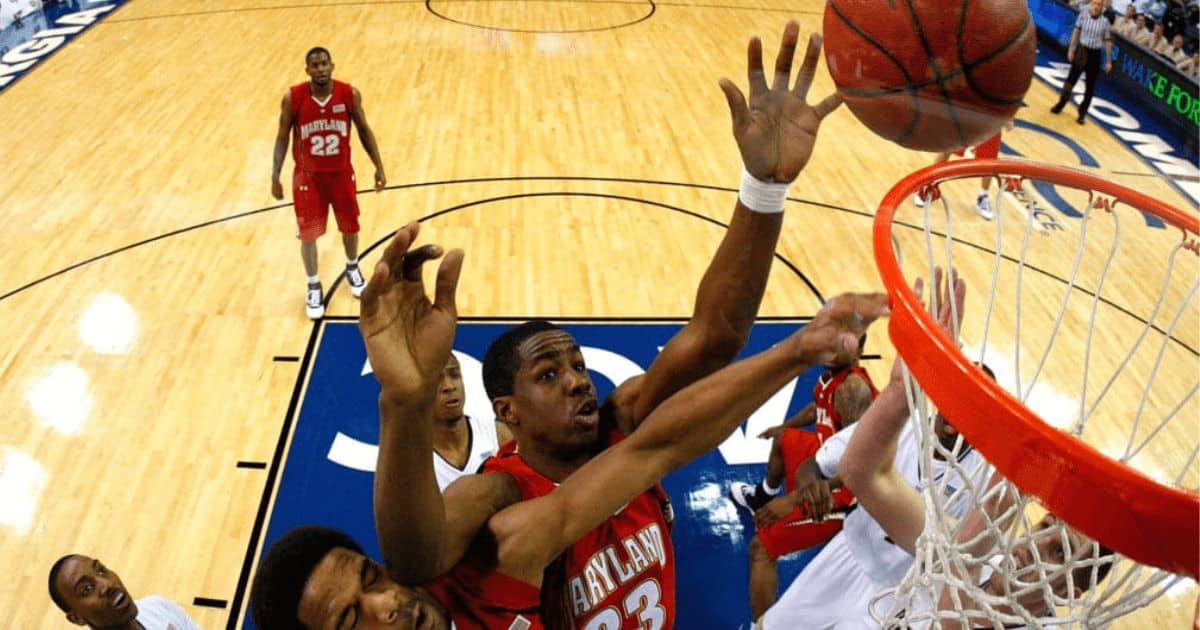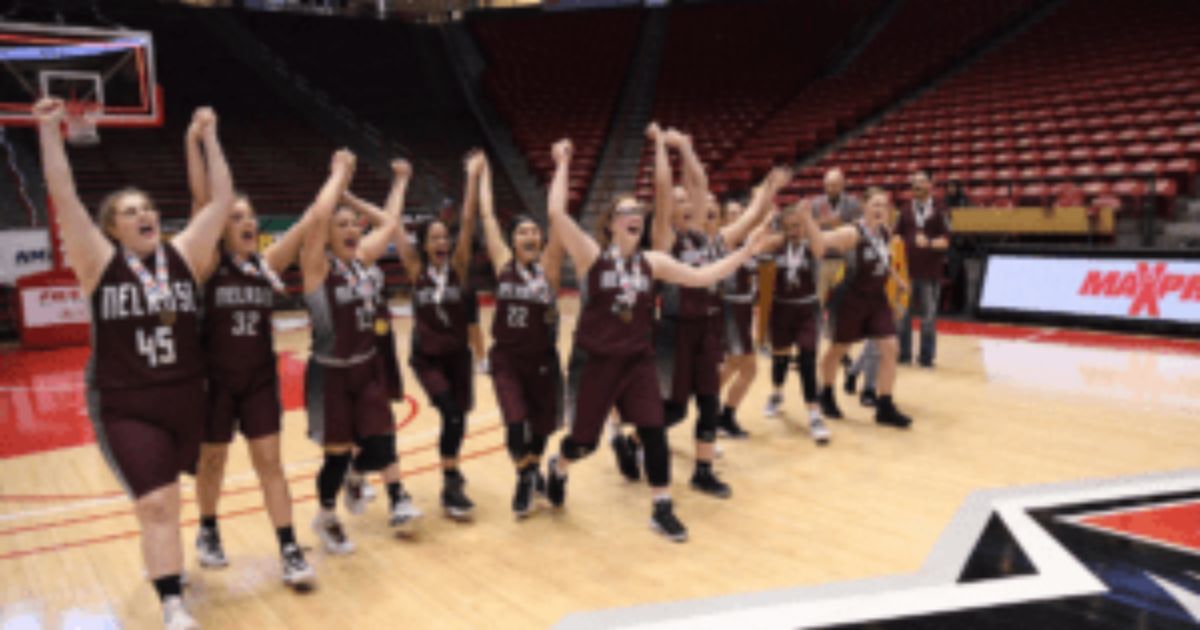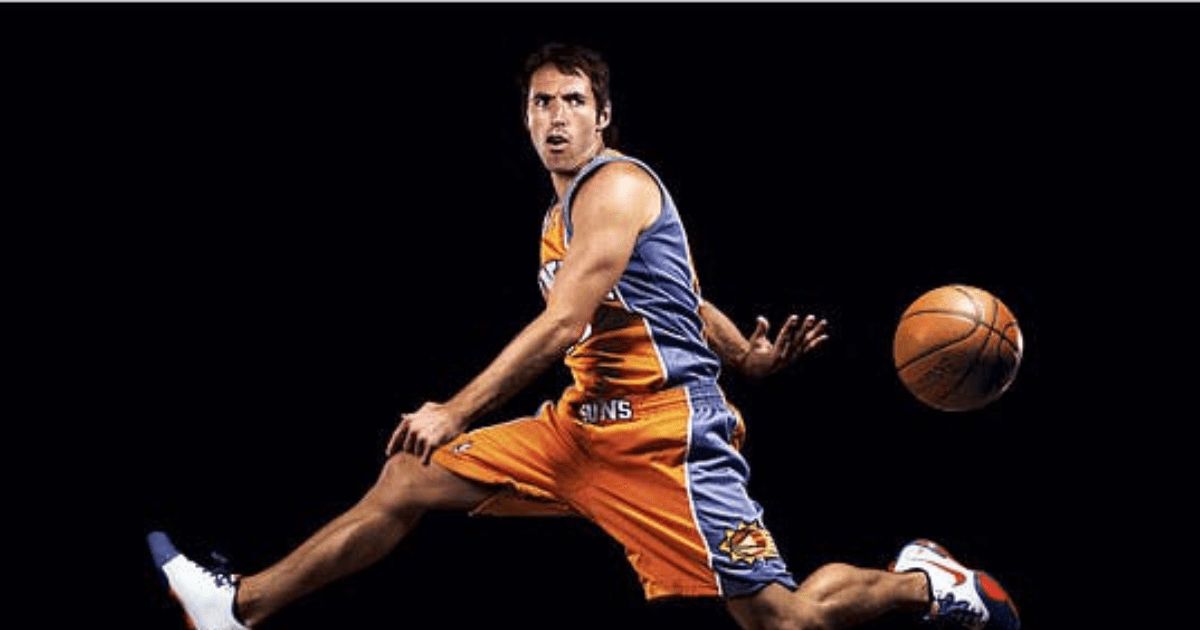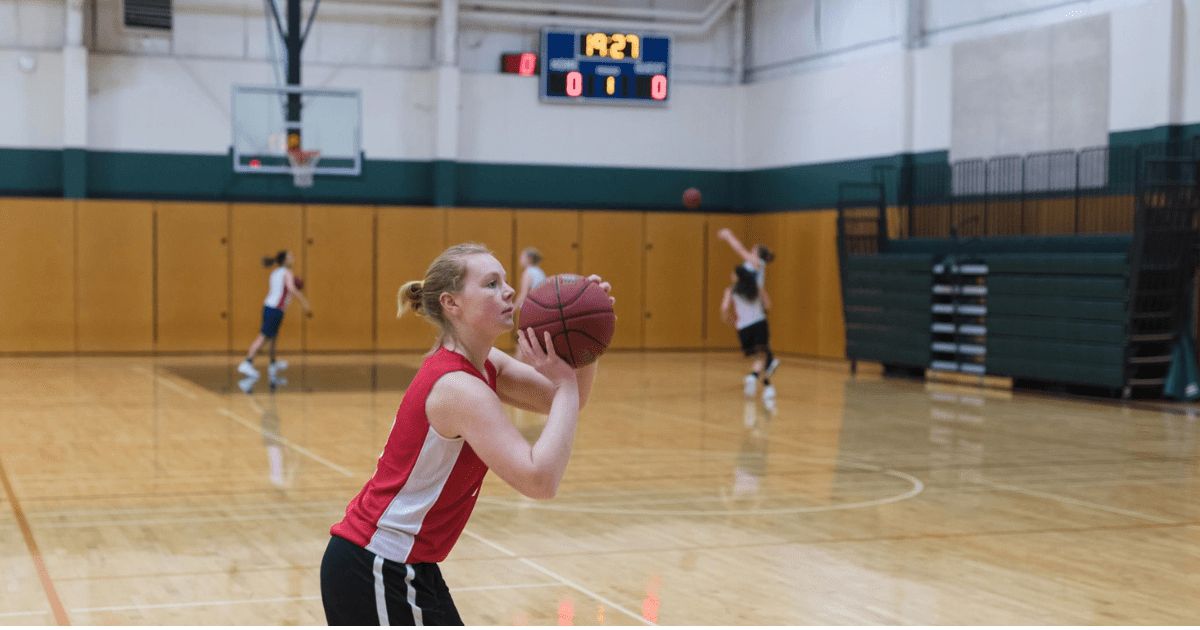What muscles does basketball work? A lot of complex movements are required in basketball: rebounding, shooting, dribbling, and more. Basketball is a fast-paced sport that can be hard on the body, requiring players to move quickly and learn advanced skill sets at an early age.
Basketball is a great full-body workout. It requires all six major muscle groups to work. However, it’s important to note that the core, leg, and arm muscle groups are involved more than the rest of your body.
Our body has several muscles, and some of them can be strengthened through training. Routine workouts and eating nutritious meals will enable you to gain the strength and stamina required to excel in basketball.
Joints & Muscles Used in Basketball
Basketball requires a lot of ankle flexibility since the athlete is jumping and falling often. Players also carry around a lot of weight, which strains the back and other muscles. Particularly for women players who take part in full-court games, these strains can cause injury at some point during their basketball careers.
A basketball player’s shoulders, arms, hips, and legs are all used in making a shot. Nearly every move you make on the court requires coordination between multiple muscle groups, which is why it’s important to focus on developing your strength in these areas too. When it comes to game-day performance increases are seen with players who have worked on their flexibility and endurance in their ankles, ankles and hips, shoulders, and chest all vital for both shooting accuracy and explosiveness.
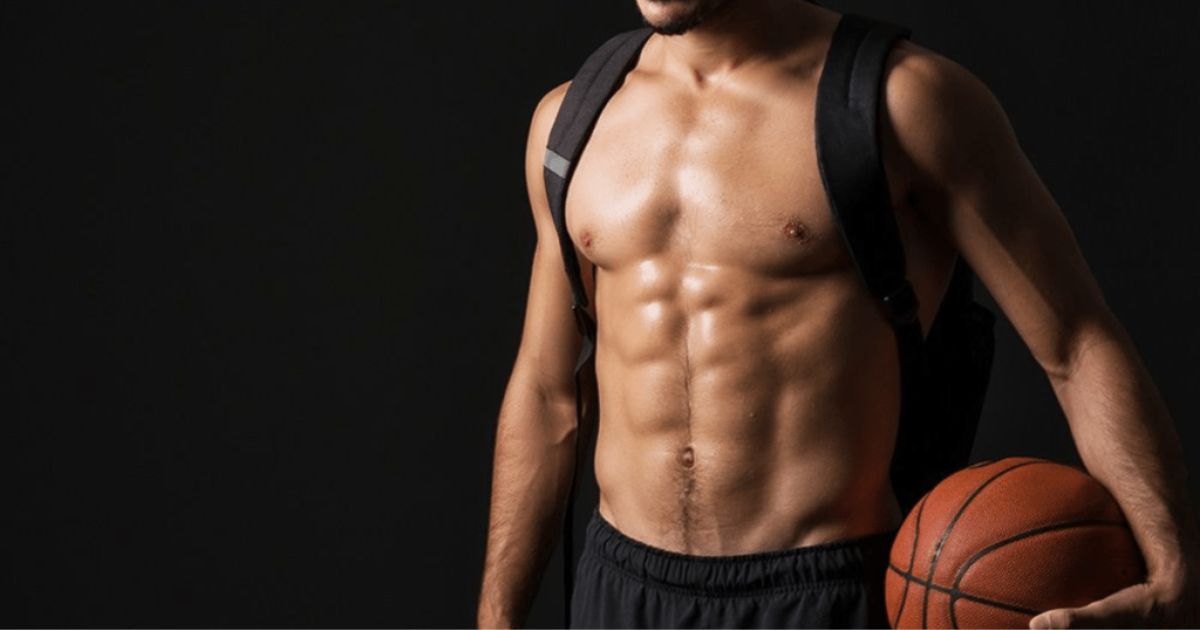
Back muscles
Your back muscles are crucial to being a successful basketball player. Without strong, flexible, and effective back muscles, it would be pretty hard for you to execute moves such as blocking, shooting, dribbling the ball, and much more. Therefore, just like your forearms and hands, it is important to develop your back muscles in order for you to excel as a basketball player. With this program however, we want to ensure that you get the most out of your workouts by not only targeting specific areas but also increasing strength with each special exercise or set of exercises that follows every session.
Shoulder muscles
The shoulder (scapula) muscles are important for controlling arm motion in the upward and downward direction. An optimal range of motion is needed for effective shooting, jumping, and defensive pivoting. The deltoid (a muscle group located on the shoulders) is also important since it helps with raising the arm to shoot, prevents injuries due to ligament strain, and generally improves the performance of athletic activities that require arm movement.
Chest Muscles
Basketball players need to have strong chest muscles in order to make an efficient chest pass. By strengthening their chest muscles and practicing their chest skills, they will be able to gain better control of the ball, which will result in positive outcomes for the basketball team!
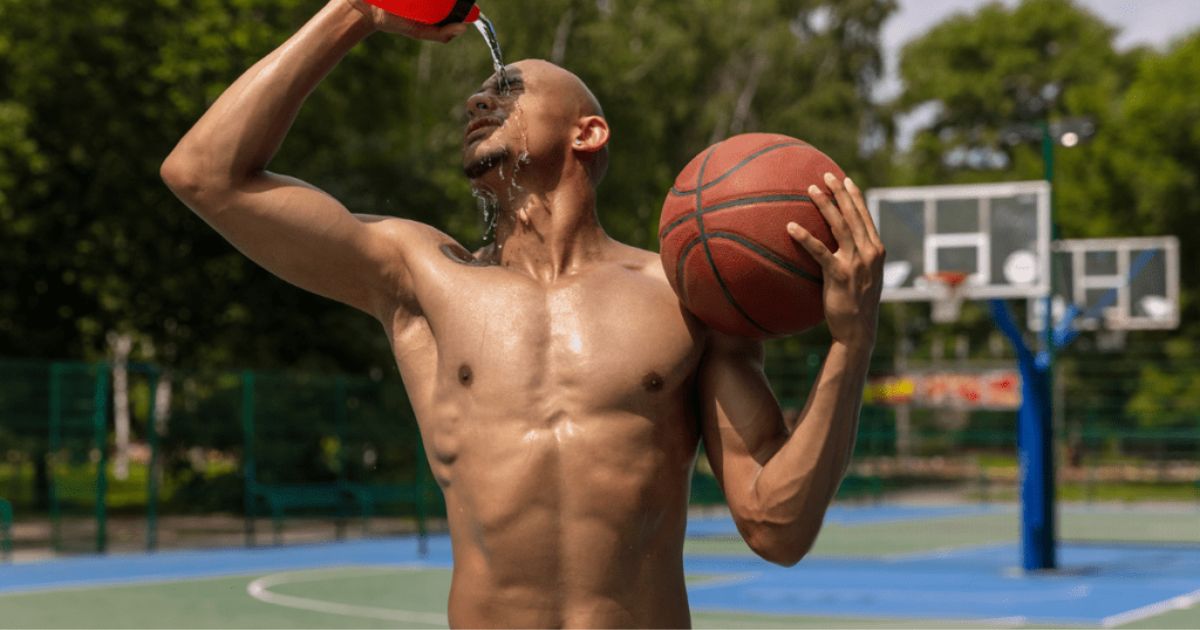
Triceps and biceps
Basketball players need to work on important muscles such as the biceps and triceps as these are used in the shooting and passing of the ball to your team-mate. As you extend your elbow when you shoot or pass, the muscles would help. The tricep muscles located at the back of your upper arm are crucial to make the basketball look like it is shot from a different angle than usual. The biceps allow flexing of the elbow when shooting or passing.
Basketball is a full-body sport. Developing the core, back, and glute muscles will give you more strength to finish off a play and prevent injury from occurring on the court. I encourage you to plan out your week of workouts so as not to get fatigued or out of breath in the midst of a game.
What Exercises to Do for Basketball
To help you train for and play basketball, the exercises that can be used to develop your back muscles include deadlifts, partial crunches, pelvic tilts, bridges, and upright rows. The stretches to strengthen back muscles include the knee to chest, cat, and lower back rotational stretches.
Basketball players need to develop strong leg muscles and core strength. The best exercises to strengthen these areas are lunges, snap downs, seated box jumps, leg deadlifts, goblet squats, butterfly lunges, and glute bridges. Look for exercises that are similar in intensity to the activities you perform in your basketball career.
FAQ’s
What muscles does basketball strengthen?
Basketball players need strength in their shoulders, chest, and biceps to help them throw the ball up with accuracy. Building these muscles also helps players shoot well from close distances but struggle with deep shooting. The triceps are a critical muscle when shooting long-range baskets such as three-pointers.
Does playing basketball build muscle?
Playing basketball can help you build muscle strength in your upper and lower body. This develops your core and makes it easier for you to coordinate your movements with those of other players.
Is basketball a strength or cardio?
Basketball can help you develop cardiovascular endurance, which is one of the components of fitness. It keeps your heart rate up and helps to burn calories. Building endurance can reduce your risk of heart disease, stroke, diabetes, and other illnesses.
What muscles does basketball work?
Basketball works several muscles, including the glutes, hamstrings, quadriceps, calves, chest, shoulders, back, and arms. Additionally, basketball can help improve aerobic and anaerobic conditioning.
Conclusion
What muscles does basketball work? Basketball is a full-body sport that works many muscles throughout the body. It primarily works the lower body muscles, including the glutes, quads, hamstrings, calves, and core muscles, but it also utilizes the upper body muscles, such as the shoulders, chest, back, and arms. With this full-body workout, basketball is an excellent way to improve your strength and cardiovascular endurance.

Brook over 3 years of professional gaming, esports coaching, and gaming hardware reviews to provide insightful expertise across PC, console, and mobile gaming.
